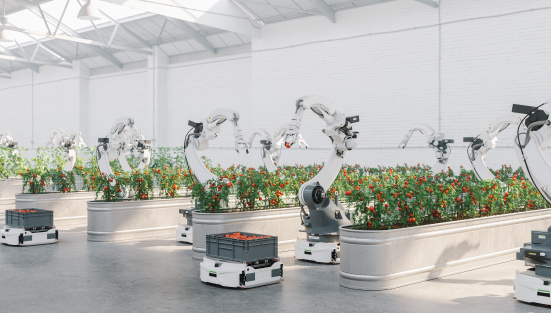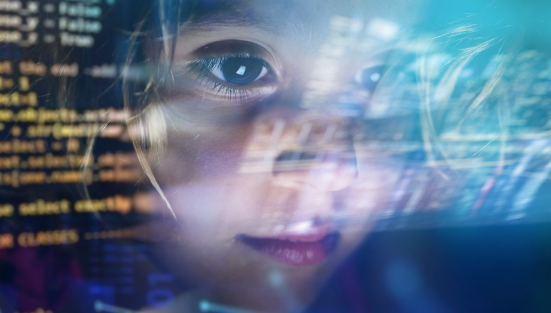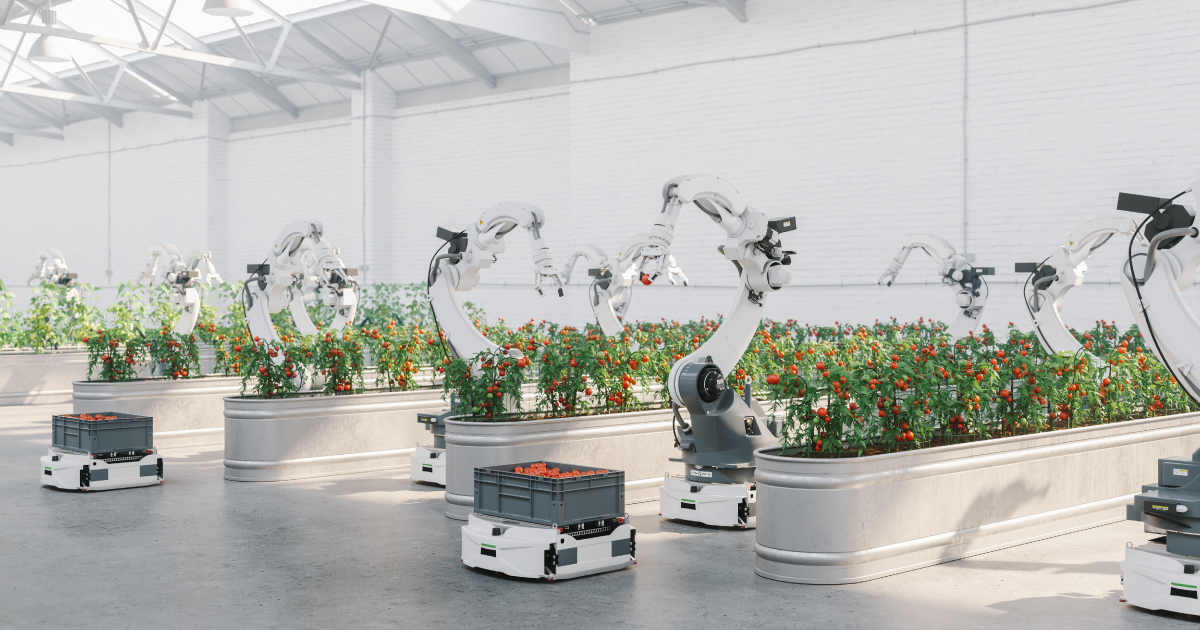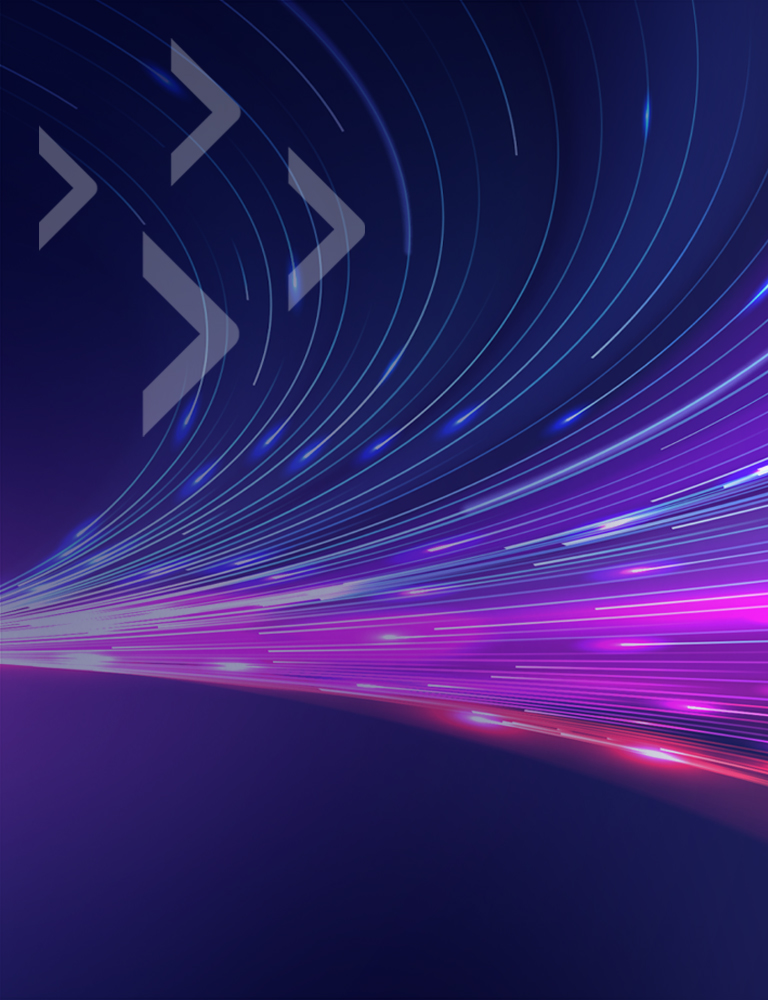AI in Farming, Education and Healthcare
- Robotic Process Automation
Artificial Intelligence (AI) is the capability of computer systems to simulate human intelligence and make it possible for machines to mimic human behavior to achieve specific goals. AI can be defined as a study of “Intelligent-Agents”-an agent or device that can understand the environment and take appropriate actions accordingly to maximize the chances of achieving a goal.
I imagine a world in which AI is going to make us work more productively, live longer, and have cleaner energy.
Fei-Fei Li, Stanford University
Transformation of Farming with Artificial Intelligence

Agriculture has been practiced for thousands of years. It contributes significantly to the country's economy; more than half of the country's population works in agriculture. The practice of agriculture requires a lot of sweat, work, and labor and requires farmers to continuously supervise through the course of the season.
With the growing population, the demand for food is rising, putting pressure on farmers to enhance productivity. The yield of crops is impacted by limited resources, traditional methods of farming, and the risks involved, for e.g. fluctuations in weather and price etc. These risks can be reduced using AI.
AI applications in Agriculture
Improving Soil Fertility: Soil fertility plays an important role in crop yield. Before the advent of AI, the only way to find out how fertile the soil was, was in a government-aided laboratory. With Machine Learning (ML) Algorithms, the data collected can predict how much fertilizer is required to make the soil fertile.
Crop Harvesting: Crop harvesting requires manpower and is time-consuming. Also in recent years, the availability and high cost of hired labor has become a major issue for farmers. Using AI-powered robots for crop harvesting could be a solution that farmers have been looking for. Such robots will help in conquering labor problem, save time, and reduce the harvesting waste.
Preventing Diseases: Every farmer faces the problem of crops being exposed to disease, which causes crop yield to drop. Such a situation can be tackled by using AI with image processing technology, where AI can easily process the severity of disease spread in plants and suggest the right amount of fertilizers to be used, thus helping save crop yield.
AI in agriculture

Source: Wipro
Artificial Intelligence in Healthcare
The potential of both AI and robotics in healthcare is enormous. AI uses patient data and other information to help physicians and healthcare providers make more accurate diagnoses and treatment plans. AI helps make healthcare more predictive and proactive by analyzing big data and developing recommendation systems for patient preventive care.
Healthcare Areas where AI is Used:
Streamlining Medical Records: Medical documentation consumes valuable time of nurses. Institutions can reduce such workloads by implementing machine learning algorithms that aid in systematically determining which information is critical to facilitating patient care. An ML expert can use their expertise to design alternatives that achieve documentation's original intent— to accurately document diagnoses and treatment—in a more efficient and useful way through a structured process.
Early Detection: The speed with which a disease is detected often influences the diagnosis and treatment. If we can detect disease symptoms at an early stage, we have more time to seek medical attention. However, some illnesses do not show early symptoms, and by the time we realize it, it’s too late. The data available on diseases and their various stages can address this problem using Machine Learning and Open CV. With models trained on a variety of image sets, they can be used to detect disease severity and enable preliminary treatment.
Hospital Robots: AI-powered robots in the healthcare industry are used to improve patient care in operating rooms and clinical settings. During the COVID-19 pandemic, such robots were extremely useful in delivering medication to infected patients, reducing the risk of COVID-19 exposure for doctors.
AI-powered robots can also assist doctors during surgical procedures. Robots are programmed to perform certain tasks with precision and accuracy, lowering the risk of infection to the patient during surgery.
Telemedicine: Telemedicine as an application of artificial intelligence allows doctors to make real- time, data-driven decisions about patient's health, resulting in better doctor-patient interaction and experience in areas where hospital infrastructure is difficult to come by. Patients can receive treatment remotely without having to visit a hospital utilizing AI technology. For e.g. doctors can diagnose a patient's eye problem without having the patient visit physically, using AI and machine learning (ML) algorithms for screen processing retinal pictures of the eye.
Genetic Medicine: Genome-based diagnosis of rare genetic illnesses, the clinical analysis of gene mutations in the context of a patient’s phenotype is progressively accounting for most time and resource implications. By merging predictive approaches with the improving knowledge of genetic disease, AI holds the ability to substantially simplify and speed up genome interpretation.
Using Facial analysis, AI programs can accurately identify genetic disorders by examining human faces. With ML algorithms trained on data on facial images, AI can predict disorders in an individual which are not recognizable by the human eye.
It’s going to be interesting to see how society deals with Artificial Intelligence, but it will be cool.
Colin Angle (CEO & Founder), iRobot
Influence of Artificial Intelligence on Education
The education industry is another significant sector where artificial intelligence has a significant impact. AI-powered solutions have been around for a while, but the education sector only adopted them in the wake of the pandemic. The situation forced teachers to rely on virtual learning technology. With the use of AI technology, learning has improved for the benefit of both teachers and students.
Advantages of AI in Education

Personalized approach: Students get the advantage of a personalized approach, based on their aptitude and preference. AI’s sophisticated technology can predict student’s strengths, and based on that, AI recommends best-suited courses for upskilling and provides ample opportunities for personalized learning.
External Help: Its common knowledge that students require help outside the classroom. But tutors may not be always within reach, so chatbots are a suitable solution in such scenarios. Chatbots cannot replicate tutors, but this AI tool can certainly help enhance students' skills and improve their weaknesses outside the classroom without having the tutor present at all times.
Teachers and faculty often must deal with repetitive questions. Conversational intelligence and automation in AI chatbots solve this problem and help save time for both the tutor and students waiting for answers.
“Intelligent automation can be an important asset in digital transformation, particularly as global enterprises adapt to a new reality of distributed work.”
Mihir Shukla, CEO, Automation Anywhere
About the FutureSkills PRIME Programme
FutureSkills Prime Programme, a joint venture between MEITY and NASSCOM, primarily aims at Re-skilling/ Up-skilling of IT Manpower for Employability. Various C-DAC centers are involved as Lead Resource Centres for institutionalizing blended learning mechanisms in specific emerging technologies. C-DAC Pune has been entrusted with the responsibility as a Lead Resource Centre for Artificial Intelligence Technology.
Courses run under FS Prime Programme are as below:
1. Bridge course
The course is specifically designed to create awareness of Data Science, Machine Learning, and Deep Learning Tools & techniques among participants so that they can recommend and apply these technologies in real life and at their workplaces. The course is meant for graduates, entrepreneurs, interns, fresh recruits, IT professionals, non-IT professionals working in the IT industry, ex-employees, and faculty members.
Registration link to enroll for Bridge Course: https://futureskillsprime.in/course/basic-certificate-course-in-artificial-intelligence
2. Training of Government officials (GOT)
Under this programme Government Officials will be trained on emerging technologies of AI, which will help them learn about cutting edge technologies and upskill them to make them work more efficiently for e.g. by creating new methods for documentation. In the near future, this would help officials to work more productively on new government & IT projects.
3. Training of Trainers (TTT)
This provides an overview of Artificial Intelligence, principles, and approaches with which faculty can enhance their knowledge in the area of AI, ML, Deep Learning, NLP, Computer Vision, and its application. After completion of course, Faculty will acquire in-depth knowledge of AI and would be able to conduct training for courses under the FS PRIME Programme.
Written by C-DAC Pune


